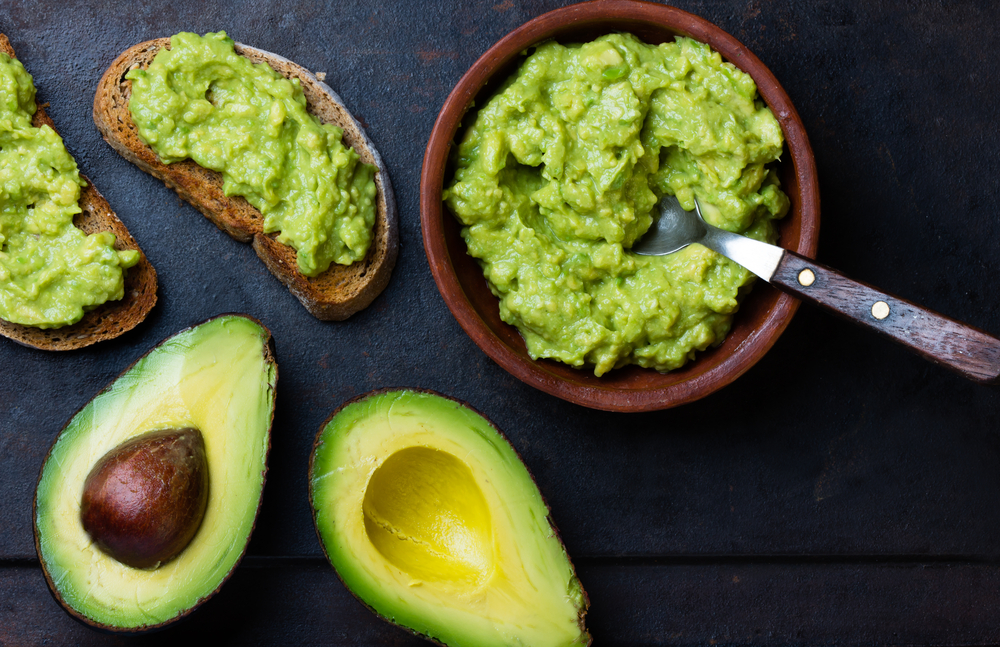How Do You Grow a Low-Fat Avocado?

For avocado lovers who'd prefer a little less fat in their favorite fruit, a Spanish company could have the solution: A new variety of avocado, called the Avocado Light, promises to have a third less fat than avocados commonly found in supermarkets. The variety, sold by the company Eurobanan, says that the avocados are grown in Central and South America, but will only be available in Spain. But how exactly do you grow a low-fat avocado?
"Healthier" avocados aren’t new. "We’ve been growing diet avocados here [in Florida] for about 115 years," said Jonathan Crane, a tropical-fruit crop scientist at the University of Florida. That may sound surprising to anyone who's purchased a high-fat Hass avocado at the supermarket — these avocados, which are mostly grown in California, tend to dominate the market. They also contain a lot of saturated and unsaturated fats. [7 Biggest Diet Myths]
But other avocado varieties are grown in Florida, for example, and include a variety marketed as SlimCado, which tends to be lower in fat and calories and much larger in size, Crane said.
The brown, bumpy Hass avocado, the green, smooth avocados found in Florida stores and Eurobanan’s Avocado Light variety are all products of evolution and breeding programs in countries around the world, Crane told Live Science.
"What happened over eons was that three separate sort of types developed because they became separated from each other," Crane said.
Avocado trees are indigenous to Mexico and Central America. West Indian avocados, despite their name, actually come from the Pacific coast of Central America. These avocado trees prefer the warm, humid weather of the tropics, and have a low fat content. Guatemalan and Mexican avocados evolved in the highlands and as a result can tolerate colder temperatures, but they tend to contain more fats.
"When [different varieties of avocado] get near each other, they will cross-pollinate and produce hybrids," Crane said. The Hass avocado, for example, is a hybrid between Mexican and Guatemalan varieties. Avocados grown in Florida, which is a bit more tropical than Southern California, tend to be West Indian or West Indian-Guatemalan hybrid varieties. And the Eurobanan variety is likely also a West Indian-Guatemalan hybrid, Crane said, and growing it in Central and South America will make it easy to grow year-round.
Sign up for the Live Science daily newsletter now
Get the world’s most fascinating discoveries delivered straight to your inbox.
Countries such as Israel, South Africa, Australia and the U.S. have invested in breeding programs to improve existing avocado varieties, Crane said. But despite the breeding programs, it’s still the varieties found as seedlings in orchards, including the Hass avocado, that dominate the market today.
Crane also noted that Eurobanan’s avocados aren’t a product of genetic engineering. GMO avocados aren’t grown commercially, but gene editing may one day help make the fruit more pest resistant.
Originally published on Live Science.











